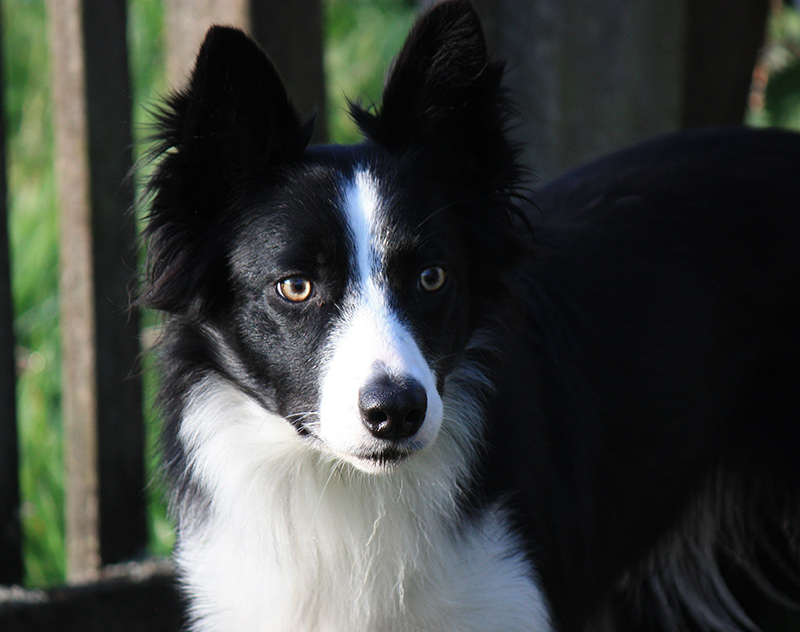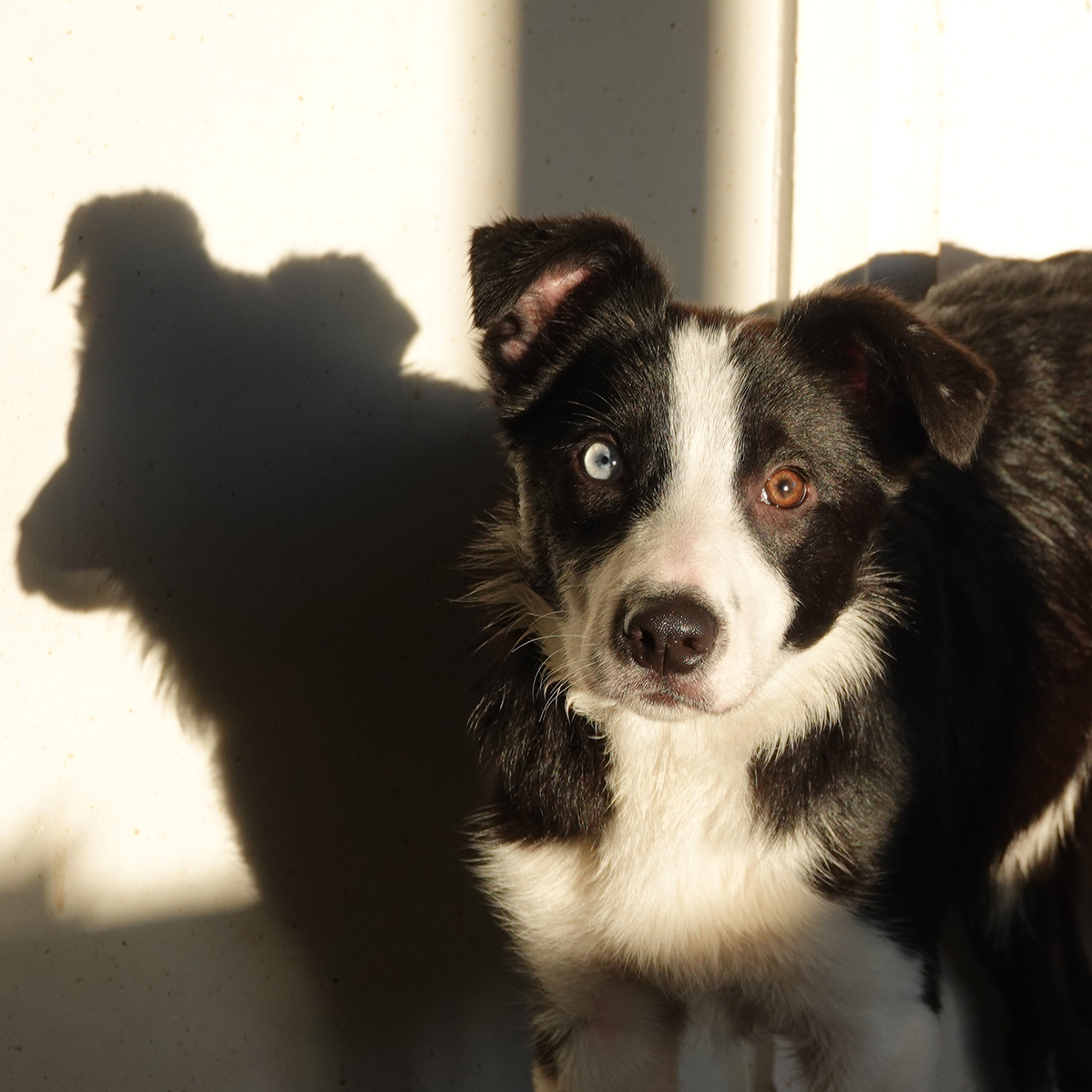Heartbeat of living with dogs

“Experts”. “Specialists”.
Are we?
It really doesn’t describe us, but “Geeks”, yeah, that’s more of a comfy fleece.
“People who have a passion”.
“People who talk about it
even when they are not doing it,
have a hunger to learn more and more …”
Yep, I’m a Training Geek.
I would prefer to be a teacher-for-dogs, or engineer-of-learning Geek.
Training, even within the positive sphere, still implies an agenda of “dog will do….” and forming to a trainer’s ideal rather than “be the best who-ever-you-are going to be”. I like to regard a teacher of dogs as someone who meets dogs in their world and teaches them how to be their best whilst living alongside us in our world. This means we need to explore dogs, how they learn, how they function to become who they are, and equally have all the skills at our finger tips to assist that process.
This is where the heartbeat is dog-centric. It is upstream of most training passions or dog sports, where the passion is often the centre of the training universe. It is not about a protocol, a brand, a method, nor is it an organisation with fixed views and rules.
Dogs are very good at learning how to be dogs. Where they need help, and our geek-ness, is with integration to our expectations and being able to live alongside us without compromising themselves, or being a lesser dog than who they can be. I do not think their demands are too high, I do not think they need to roll in fox-poo to be their best selves, and if that need does become their priority then I will teach them that having a wash is a small, but tolerable price to pay. Equally we are teaching people that they can live with this dog by enjoying the connection that the dog is seeking.
We were having a conversation just the other day about training a youngster for sports. Most dogs are more than happy to fit in with our passions and life style and find great pleasure in seeing us being our best selves. Whether that is walking the Pembroke Coastal Path, hanging out with friends at a café or leaping over bit of planks. But there are dogs that are not part of the “most” pack and can find our passions a step to far to be able to enjoy or adapt to.
One of our skills, and key considerations, is knowing when to acknowledge their struggle, and although having access to many training protocols that could make that struggle less, need to respect that that training, or psycho-fix-it, is one step beyond.
Knowing the difference when your dog is just adapting to please us, “fitting in”; as opposed to feeling comfortable and able to be themselves – feeling they belong with our lifestyle. Our lifestyle is very often our sport and passion which from a dog’s view point is most of the time they spend with us.
We need to raise these questions. It brings to light more than just a depth of training methods but asks the questions we may not know how to answer.
Moving away from the recipes to train or fix a dog to “fit-in” with our self-serving choices is part of change. Do we need to walk the dog every day alongside traffic? Have we alternatives available, have we the time and energy to find other solutions?
Are we creating more problems by our expectations and peer pressures rather than taking a step back and trying to listen to what the dog is actually saying. Our contract and loyalty should be with the dog we have chosen to share our lives with, not the passing strangers who toss out the judgemental faces or the well-intentioned advisers riding their first waves of knowledge.
Your dog is not going to lie or pretend, they can only be honest. Our relationship does require us to listen with honesty and not assumptions, bias and disappointed dreams. Sometimes we need to take off the coat-of-our-hopes when our dog is not going to be one of the pack of “most” and just celebrate who they are.
They will be very good at being who they are.

Explore
COURSES

Build the Learning
Lifelong skills built in activities and play. A dog that is curious, confident, resilient with a natural enthusiasm for learning.
rewards skills
Learn about the fascinating landscape of rewards and how to make them the centre of your training and relationship.
Management or Training
Find a pathway to suit your lifestyle of living with dogs. When management temporarilly supports the learning, or choose training.
learn well
learn it once
Setter Members
Access to The Sett community and groups
Discount for all courses and videos 50%
Archives of previous courses and books
Share your learning, upgrade your thinking



I have adapted to my dogs and learnt along the way . My first dog, a Norwegian Buhund just wanted to be part of my life and would do anything I asked of him but in his own steady way. I took on a rescue collie to continue agility and she just couldn’t see the point so we took long walks together . Then I got my agility dog , who had joint problems and led me into gundog work and heelwork to music.
My next collie just wanted to work as a sheepdog and I have ended up with a small amount of land and some Hebridean sheep .
Then came my Flyball collie as I could no longer keep up at agility so I run a Flyball team as well.
Work and life got in the way and I am back to a dog that does a bit of this and that and is introducing me to canine fitness and conditioning. Each dog has shown a preference for one thing or another and has widened my knowledge and experience. The kelpie is the easiest girl in the world , takes life as it comes and chills out with me , asks for nothing but a cuddle . Love them all